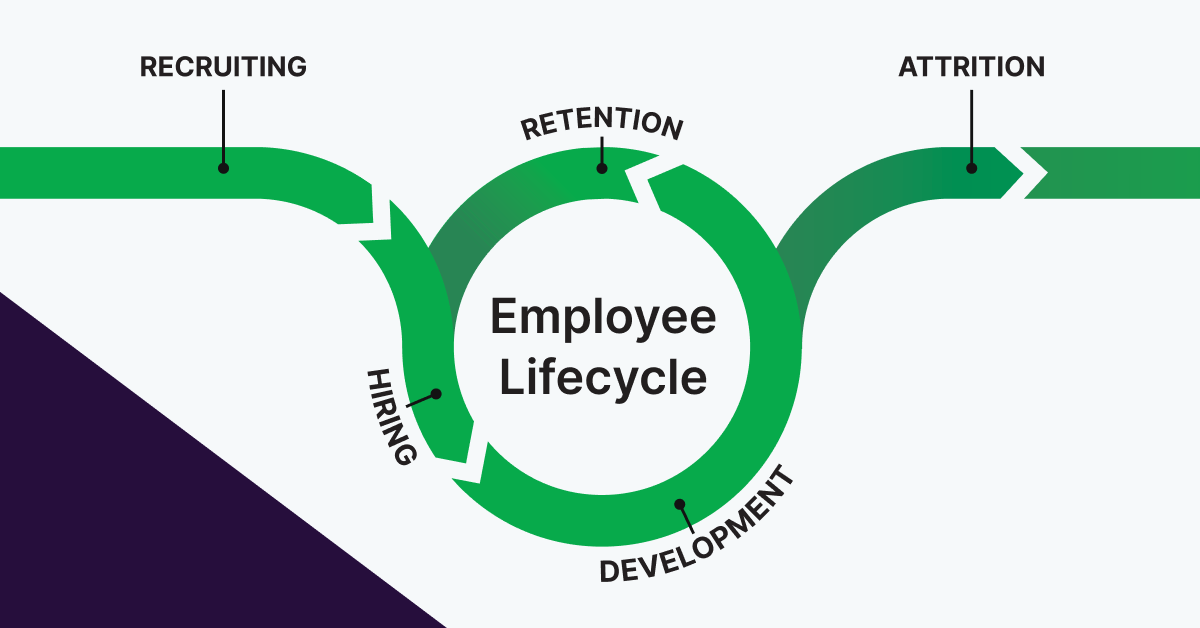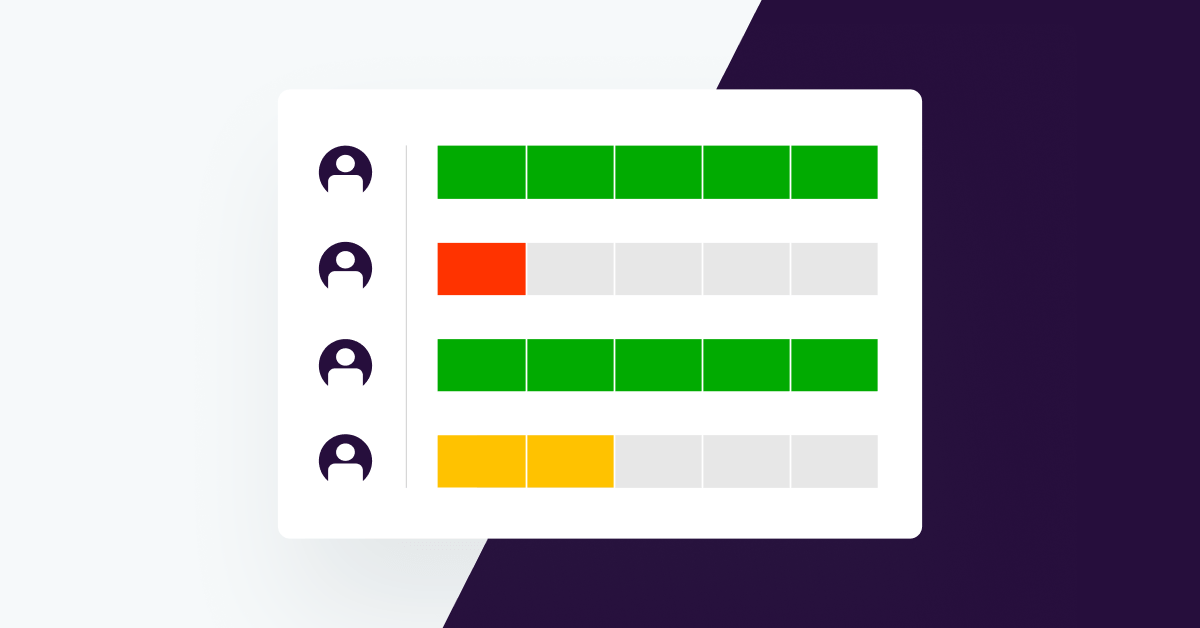There is a new acronym on social media these days: “WFHWK” (Working from home with kids). It may be the single biggest factor in life for many during the COVID era, and the secret productivity drain that everyone is facing, and no one is solving.
What can companies do to help ease the WFHWK pain? Is it possible we can emerge from this with a greater understanding of — and new solutions for — working parents? Early signals suggest this is a turning point for the emotional labor and unpaid domestic labor that typically fall on women.
I am the CEO of Syndio, a pay equity software company. I am also a mom with six kids (ages 18 months to 12) and a dog. With schools and parks closed and no sports or other formal activities, WFHWK is the productivity killer that no one ever imagined. Trying to accomodate a big family while running a business, mostly online and through video calls is nearly impossible. Something always has to give.
I’ve seen articles and blogs addressing hacks for parents, but what should companies do during this time to support their employees, often mostly women, who are shouldering an even bigger load at home? What should senior leaders be thinking about?
Awareness and Acknowledgement
It is critical that senior leaders acknowledge the increased load parents are carrying. They are now teachers on top of everything else. Parents are tired, stressed out, and balancing a ton. And not just work, emotions too. Stress from falling behind at work, teenage anxiety, the absence of friends, disrupted sleep schedules, and cabin fever. They are getting up early, mandating extra nap or quiet time to squeeze in some more work and doing the best they can. While many senior leaders may make vague references to the trials of parenthood, most are not living the lives of their front line employees. Genuine empathy and acknowledgement go a long way.
Coaching & Communication
Make sure managers understand the impact on employees. Help leaders (especially men) be aware. If you haven’t already, craft a senior leader internal communication and perhaps some coaching programs. They must understand there will be an impact on output. This is an unprecedented time, especially for leaders. Many of them are facing the same challenges in their own work/home life and are struggling to figure out the best way to support and lead their teams. Help them with communication, stay away from condescending tips on how to be productive and instead focus on understanding, setting realistic expectations and empathy.
A few things to remember:
- Employees want to be trusted to do their work. Watch the unnecessary calls. Balance connection points (coffee chats where kid interruptions are welcome) and formal calls which require focus and attention. Limit same day meeting requests. Meetings require more planning in this environment.
- Consider implementing a universal 45 min minute meeting. When you start at 9:15, it gives parents 15 precious minutes to check in on kids, put together a snack and organize non-work items.
- Let employees shift work schedules. Some people may prefer to shift work time to the weekend, or split morning/afternoon meetings with a partner or spouse. Acknowledge this and enable extra flexibility when possible.
The Impact on Women.
In Zooming with most of my female employees, I see kids in the background now. I also have a single dad and a male employee who is married to a nurse, on the front lines of COVID.
In general, research shows the domestic load continues to fall on women around housework and caregiving without a global pandemic. What happens to women in a period like this? Where does the unpaid labor fall? And not only that, what about pay? There is a gender pay gap and often the partner who is paid less is the one to pick up the load at home. This creates an ongoing cycle that just gets worse.
The downstream impact of schools being cancelled falls on women more than their male partners. This is likely to be true for caring of elderly/sick relatives as well. Women of color are even further impacted than white women. The occurrence of female breadwinners has increased over time, but they still have to both bring home the bacon and take care of their families (see linked research at the bottom of this article).
Managers must give women the support to give themselves permission to do less at work, help them prioritize deliverables and let them off the hook on things that are not business critical. Make sure they know this will not be held against them now or later.
My kids pop into the background of 100% of my video calls. They sit on my lap and just chill or they tap me on the shoulder asking questions about schoolwork or where to find a school supply. One of my executives now takes her meetings on a walk if they land at 2pm. “It’s the only way my daughter will nap with everyone home”
Have patience. Welcome these interruptions. Understand they are now part of the flow of the work day.
In the end, we have a massive social experiment and opportunity on our hands. This time could significantly shift how companies see working from home. Handled well, this could also be the wake up call around the sharing of emotional and domestic labor — and a step toward sharing that burden more equitably.
Background information:


